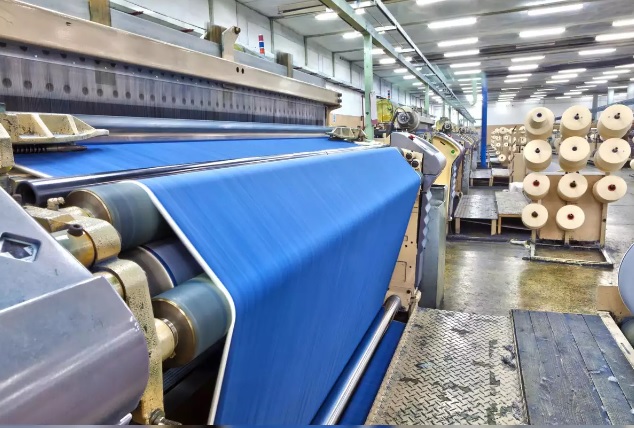
India is has emerged strong in the global apparel and textile industry. With a combination of favorable government policies, a vast skilled workforce, and a growing domestic market, the country is attracting significant investments and grabbing the attention of global brands. As geopolitical tensions rise and concerns over supply chain disruptions persist, India is positioning itself as a reliable and cost-effective alternative to traditional manufacturing hubs like China, Bangladesh, and Vietnam.
Asper the Apparel Export Promotion Council (AEPC), India's apparel and textile exports grew 42 per cent to reach a record-breaking $45 billion in the financial year 2022-23. This exponential growth is a testament to the sector's resilience and the government's concerted efforts to create a conducive business environment.
Table: Apparel and Textile Exports (in billion $)
|
Country |
FY 2020-21 |
FY 2021-22 |
FY 2022-23 |
|
India |
28 |
32 |
45 |
|
China |
312 |
350 |
320 |
|
Bangladesh |
42 |
45 |
48 |
|
Vietnam |
45 |
52 |
58 |
From cotton fields to catwalks, brand shift to India
The growing allure of 'Made in India' is evident in the influx of global fashion brands setting up shop or expanding their sourcing operations within the country. H&M, the Swedish fashion giant, has been at the forefront of this shift. The company has invested heavily in India, partnering with local manufacturers to produce a wide range of apparel, from casual wear to ethnic fashion. As Daniel Kulle, Head of Sustainability at H&M explains, "India offers a strong value proposition for sustainable fashion. The country has a rich textile heritage, a growing focus on sustainability, and a skilled workforce. We are committed to increasing our sourcing from India and supporting the development of the local supply chain."
On similar lines, Gap Inc., the American clothing and accessories retailer, has invested heavily in India to strengthen its supply chain. The company has established a design and sourcing center in Bengaluru and has partnered Indian manufacturers to produce private-label brands such as Old Navy and Banana Republic. Prasad Rajappan, Managing Director, Gap India says, "India has emerged as a strategic sourcing hub for Gap Inc. The country's cost-effective manufacturing capabilities, coupled with a growing pool of design talent, make it an attractive destination for our business. We are optimistic about the long-term growth prospects in India." In all this, the government has played a pivotal role in fostering growth of the apparel and textile sector. Initiatives such as 'Make in India', 'Atmanirbhar Bharat', and Production Linked Incentive (PLI) schemes have provided a strong impetus to domestic manufacturing. Additionally, the focus on skill development and infrastructure improvement has created a conducive ecosystem for businesses to thrive.The PLI scheme for the apparel sector, with an outlay of Rs 10,683 crore, aims to boost production by Rs 19,000 crore and create 6 lakh additional jobs.
However, despite all this issues such as infrastructure bottlenecks, raw material costs, and labor shortages persist. To harness its full potential, the government and industry stakeholders must collaborate to address these issues and create a more conducive business environment.












